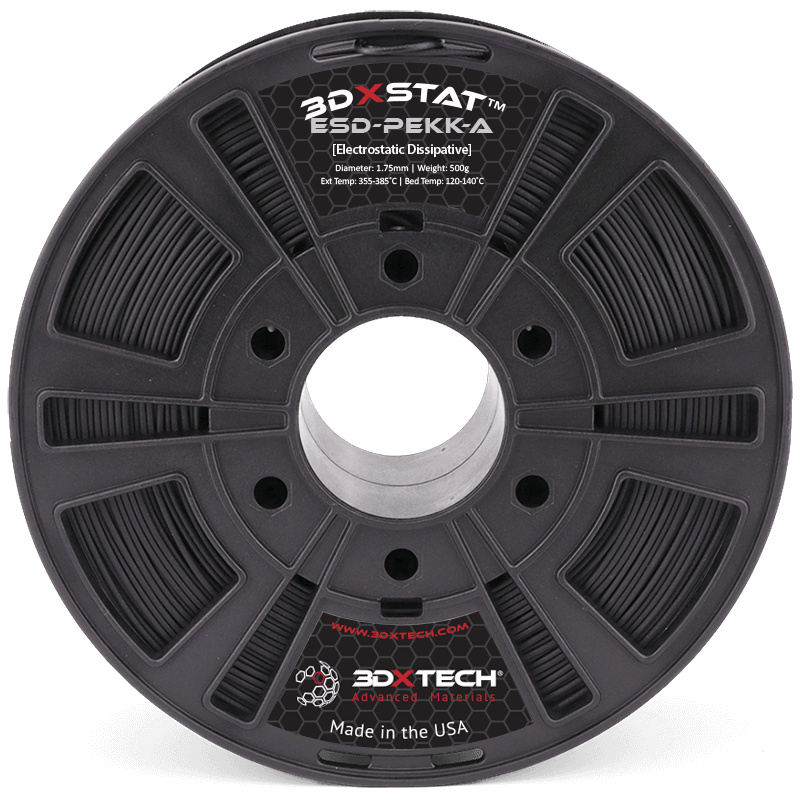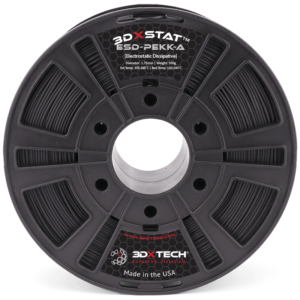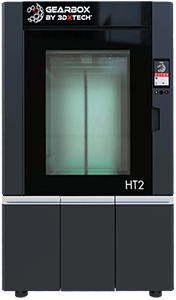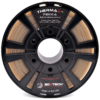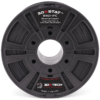3DXSTAT ESD-PEKK-A
$245.00 – $1,575.00
3DXSTAT™ ESD-Safe PEKK-A is made using Arkema Kepstan® PEKK [60/40 copolymer] and multi-wall CNTs. This specialty material delivers aerospace-grade performance while being one of the easiest to print ultra polymers.
3DXSTAT™ ESD PEKK-A 3D Printing Filament
Made using Arkema Kepstan® PEKK (PolyEtherKetoneKetone) and state of the art conductive additives, this ESD PEKK-A is one of the highest-performance polymers in world and ideal for demanding applications. This filament was created for the highest-spec situations where tightly controlled static dissipation, thermal properties, and mechanical performance properties are required.
Gearbox HT2™ 3D Printer: Print industrial-grade parts using our ESD PEKK-A and more with the new Gearbox™ HT2 High-Temp 3D Printer.
Print Recommendations
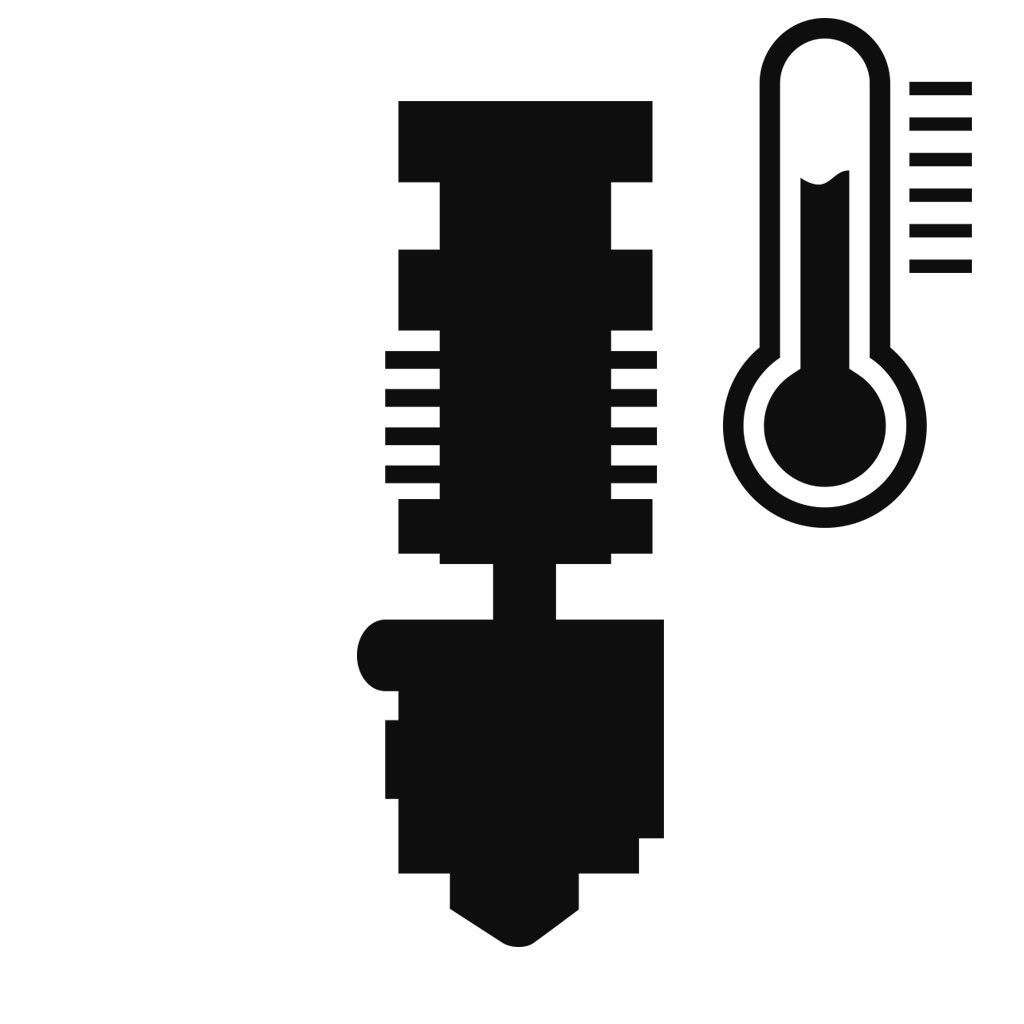
Extruder Temp
355-385°C
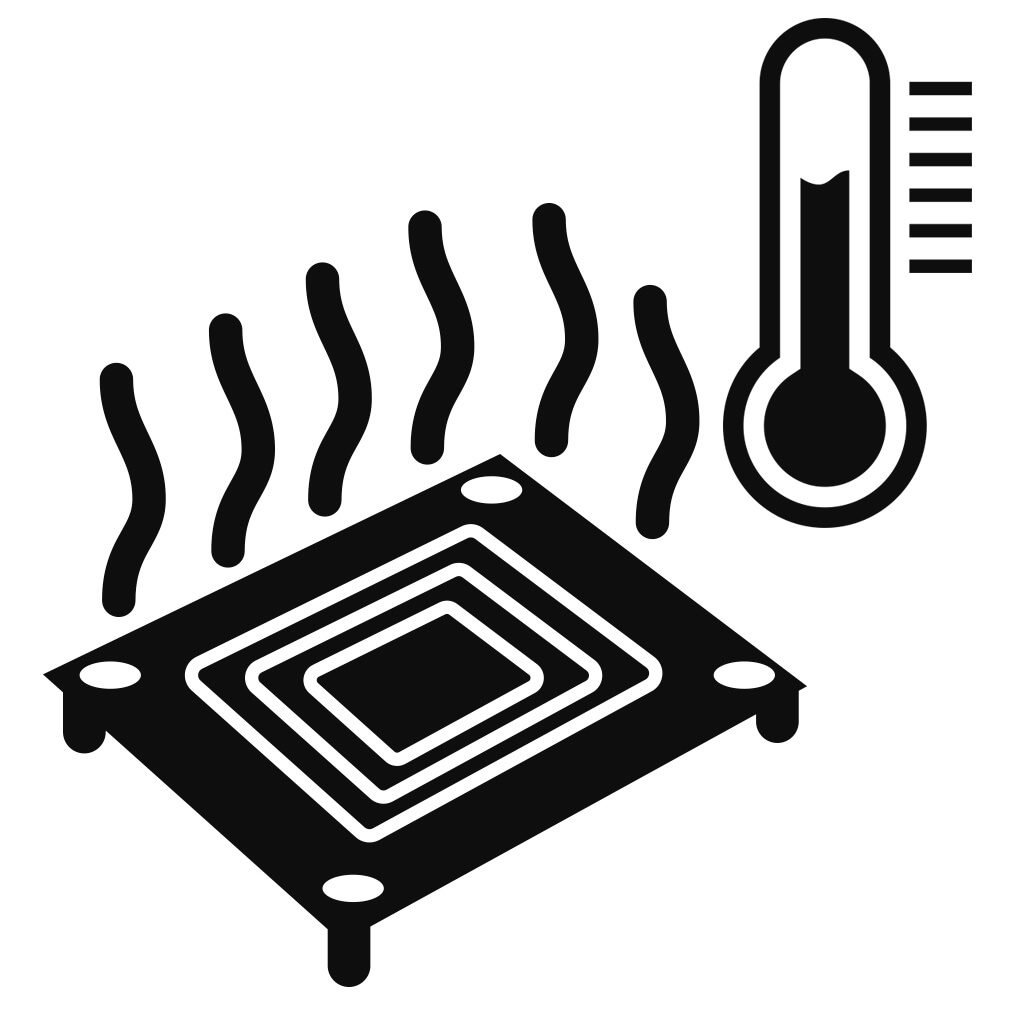
Bed Temp
120-140°C
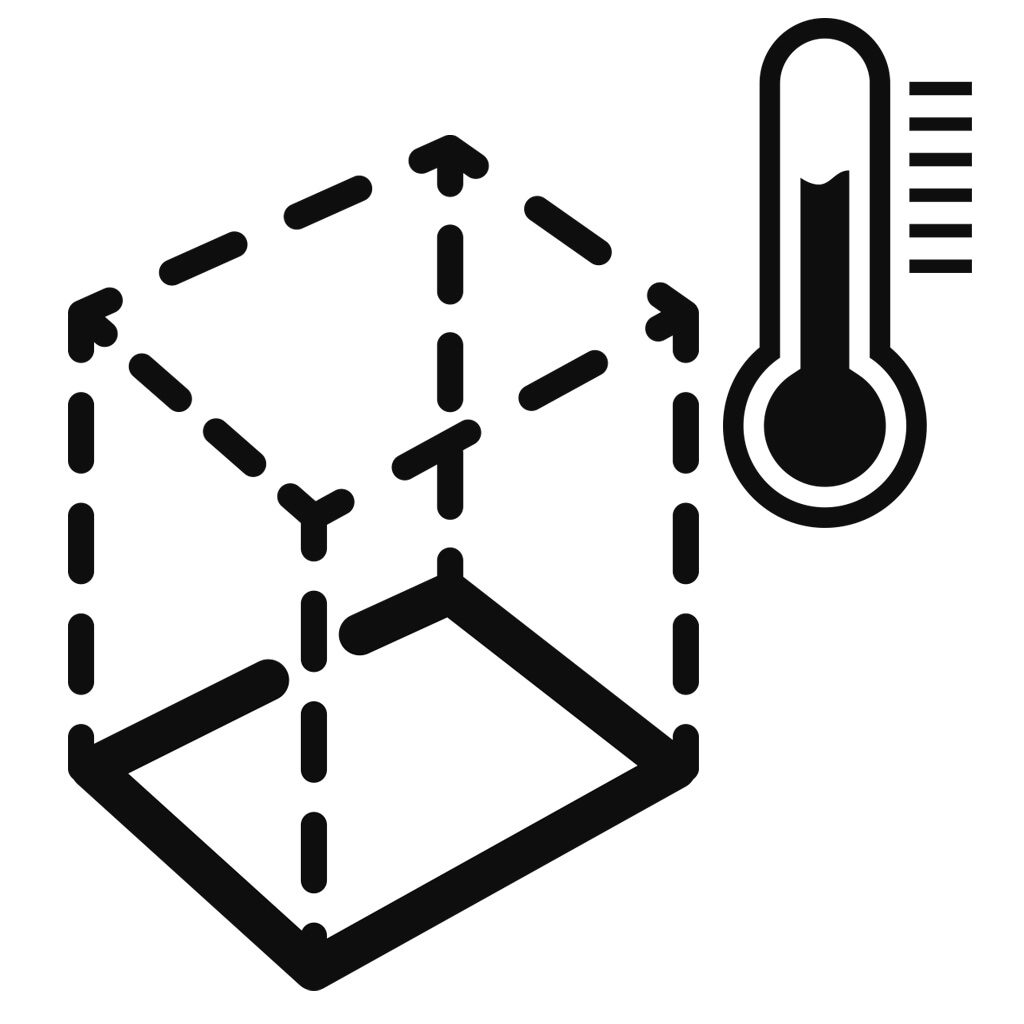
Heated Chamber
Recommended
70-140°C if possible

Nozzle Specs
No special concerns
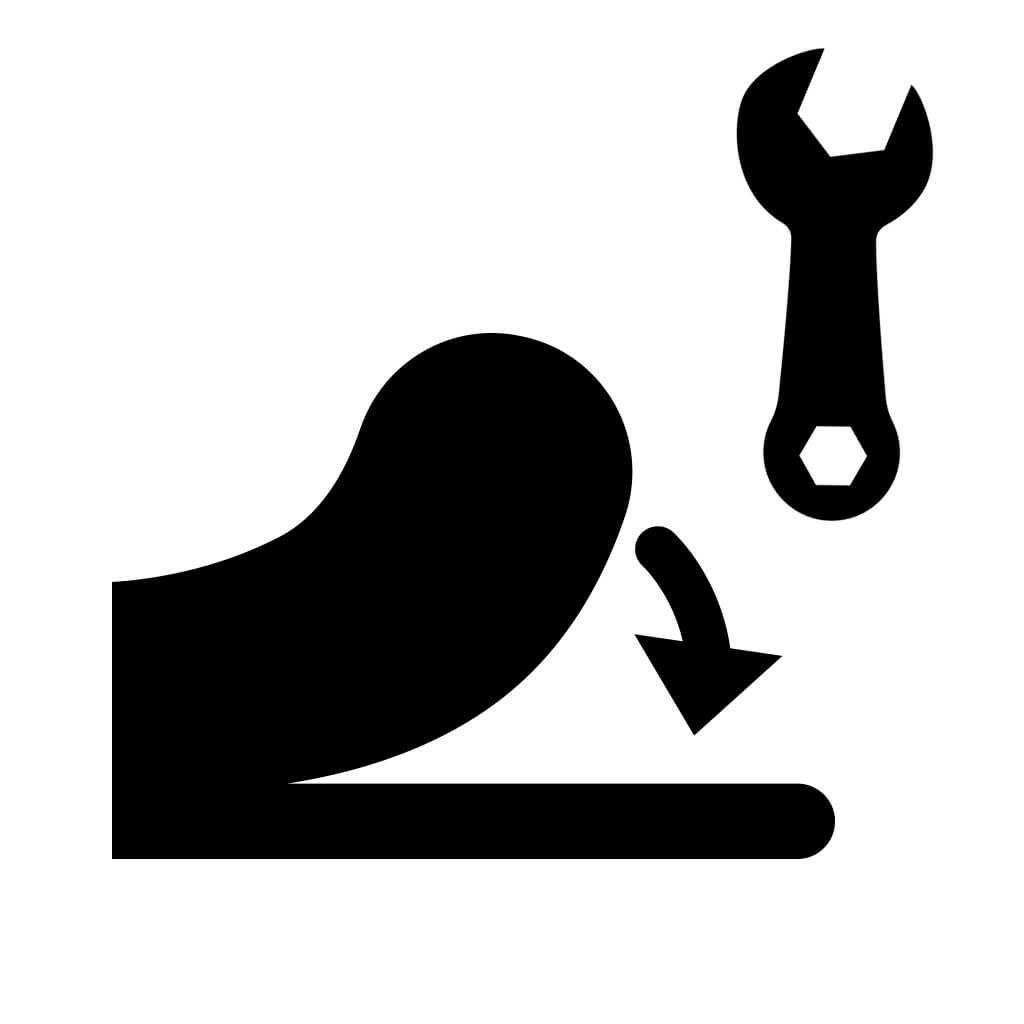
Bed Adhesion
Nano Polymer Adhesive
Polyimide Tape
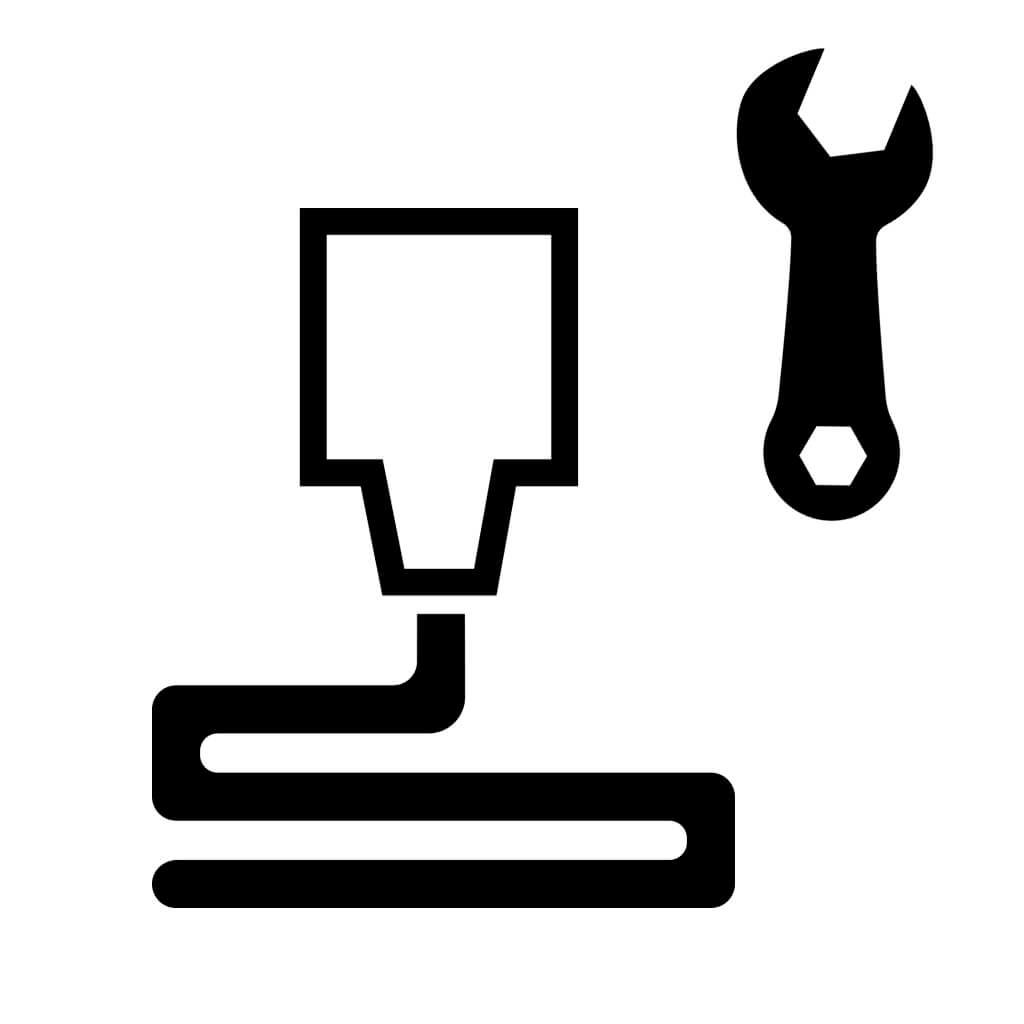
Layer Height
No special concerns
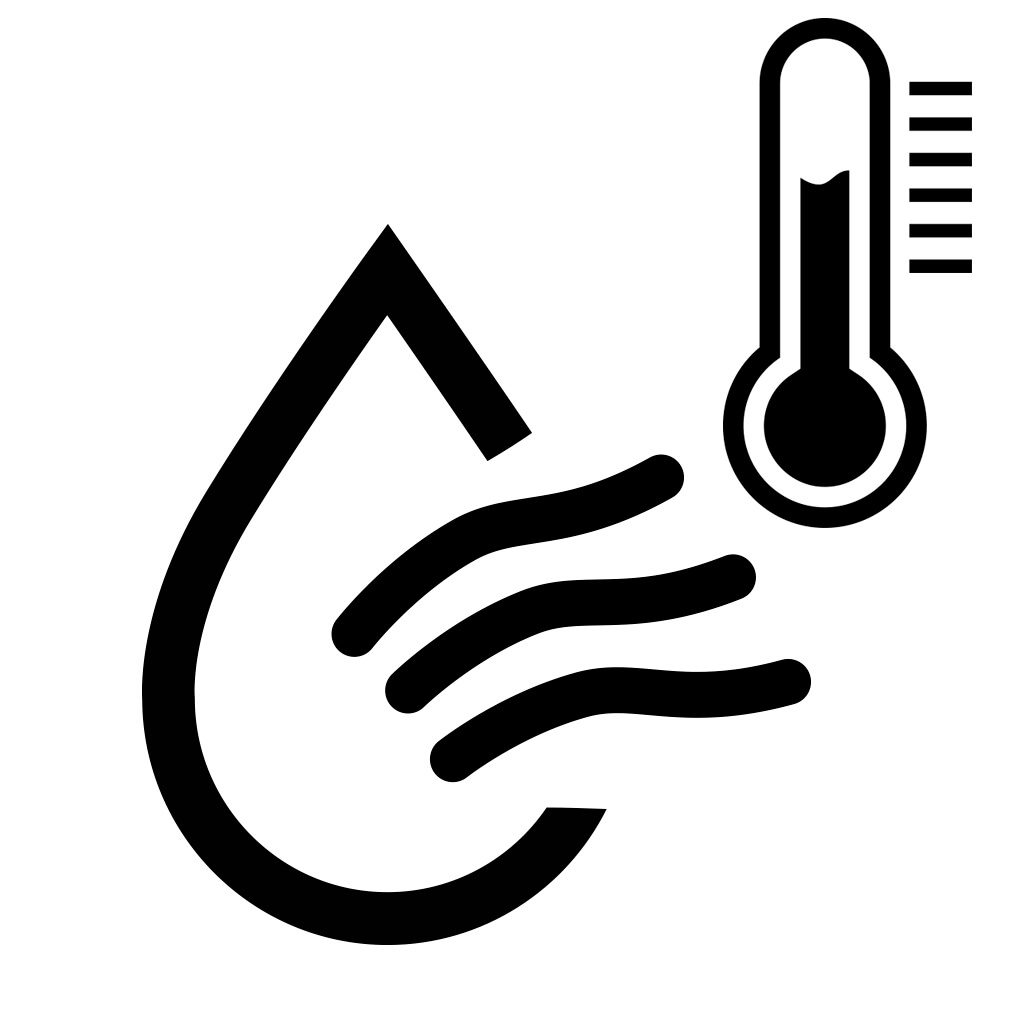
Drying Specs
120°C for 4 hours
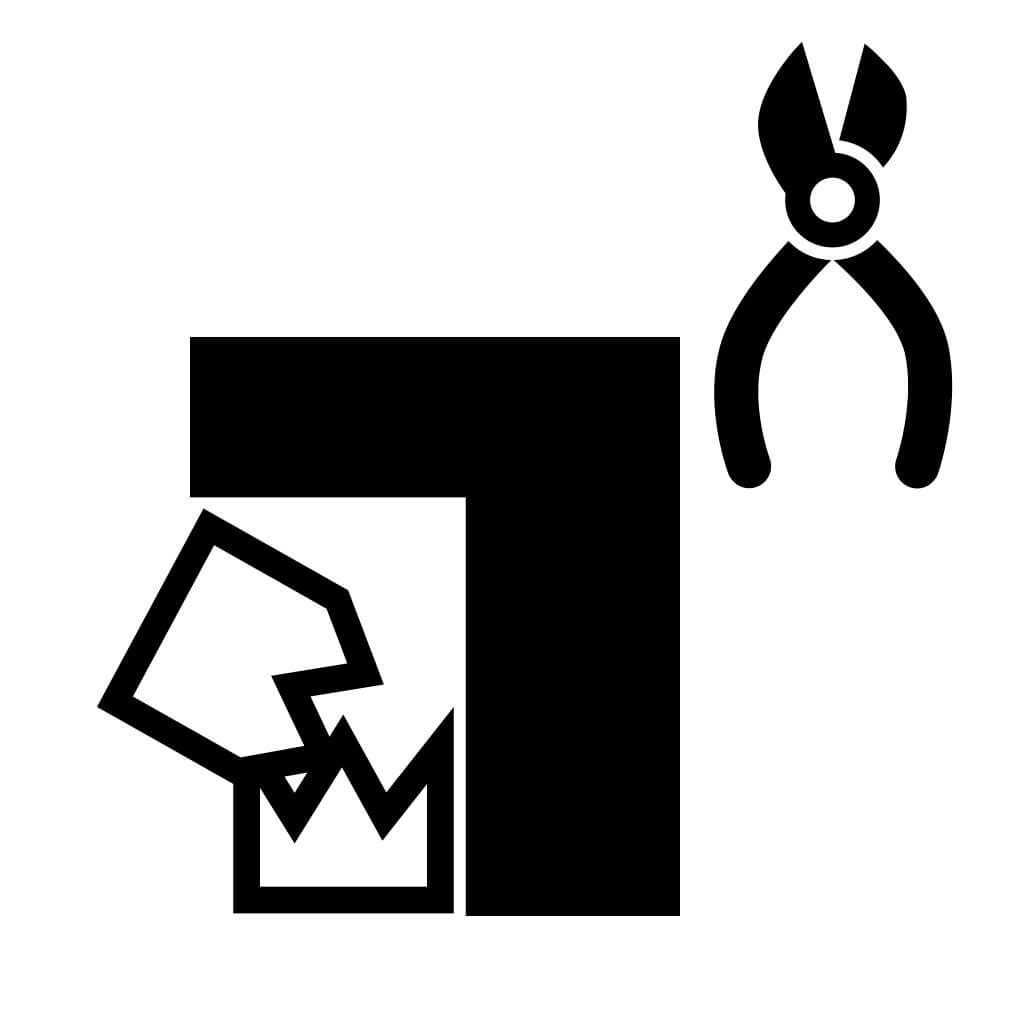
Supports
Break-Away Support
Benefits of PEKK-A Include:
- Substantially easier to print than PEEK, made using 50/40 type PEKK copolymer known as PEKK-A
- High thermal properties with a Tg of 162°C, HDT of 150°C, and Tm of 305°C
- Inherently flame resistant and self-extinguishing
- Long-term hydrolytic stability making it ideal for steam and autoclave environments
- Excellent dimensional stability with low heat creep, low and uniform coefficient of thermal expansion, and highly reproducible part-to-part dimensions
- Exceptional strength and modulus, even at high temperatures
- Excellent resistance to a broad range of chemicals, such as automotive fluids, fully halogenated hydrocarbons, alcohols, and aqueous solutions
- Stable dielectric constant and dissipation factor over a wide range of temperatures and frequencies
Benefits of 3DXSTAT™ Include
- Consistent surface resistivity
- Improved retention of impact & elongation
- Low particulate contamination
- Minimal contribution to outgassing and ionic contamination
Compare 3DXSTAT™ ESD PEKK-A to Stratasys® Antero™ PEKK 840CN03:
- Both use real PEKK-A from Arkema as the base resin component
- Both use carbon nanotubes as the conductive additive
- 3DXSTAT™ ESD PEKK-A is lower cost and suitable for use on lower-pricepoint, open-material 3D printers
- Stratasys® Antero™ 840CN03 is more expensive and only available on the ultra-expensive Fortus® 900mc Plus
Typical ESD PEKK-A Applications Include:
- Semi-con: HDD Components, Wafer Handling, Jigs, Casings, & Connectors
- Industrial: Conveying, Metering, and Sensing Applications
Target Conductivity for 3DXSTAT ESD PEKK-A:
- 10^7 to 10^9 ohm surface resistivity on 3DP sample using concentric ring test method.
- Note: Internal studies have indicated that increased extruder temperatures can achieve higher levels of conductivity. Likewise, lower extruder temperatures have resulted in lower levels of conductivity. Each printer is set-up differently, not to mention varied part geometry. Therefore, expect some trial time to understand how ESD PEKK-A filament works in your specific printer and application.
Surface Conductivity as a Function of Extruder Temperature:
The surface resistance of the printed ESD-safe part will vary depending on the printer’s extruder temperature. For example, if your testing indicates the part is too insulative, then increasing the extruder temperature will result in improved conductivity. Therefore, the surface resistance can be ‘dialed-in’ by adjusting the extruder temperature up or down depending on the reading you receive on your part.
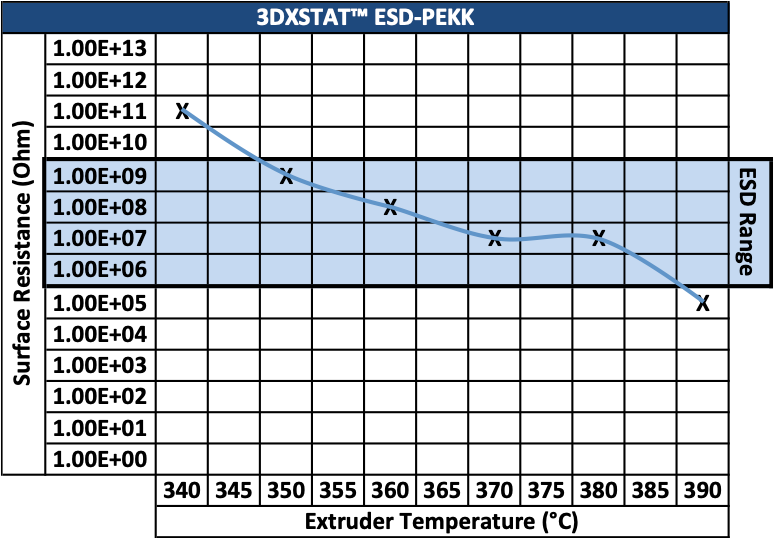
Filament Specifications:
1.75mm and 2.85mm +/- 0.05mm in diameter
Recommended Print Settings:
- Extruder: 355-385°C
- Bed Temp: 120-140°C
- Bed Prep: Nano Polymer Adhesive or 3DXTECH Polyimide Tape gives us the best results
- Heated Chamber: Recommended, a chamber helps reduce warping and improves layer adhesion. 70-140°C if at all possible.
- Supports: ThermaX™ HTS High-Temp Support works ideal for complex, high-temp materials like this
- Drying Instructions: 120°C for 4 hours
Fortus® and Antero™ are trademarks of Stratasys LTD and not affiliated with 3DXTECH LLC.
Kepstan® is a registered trademark of Arkema
Questions?
Send us a message and we'll reach out as soon as we can!

